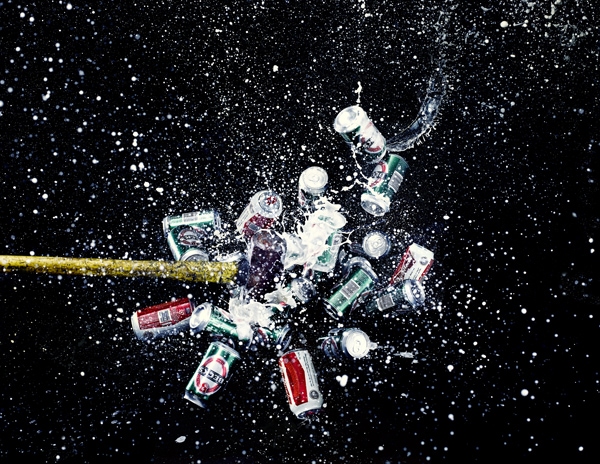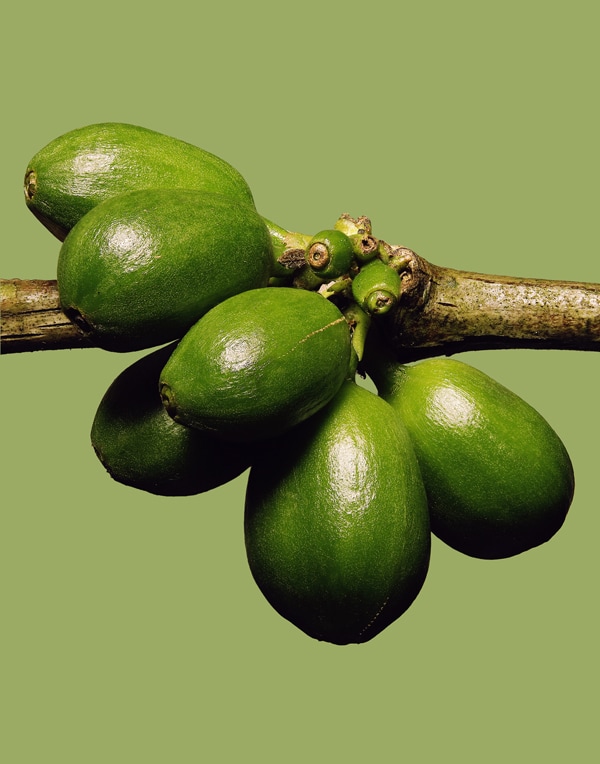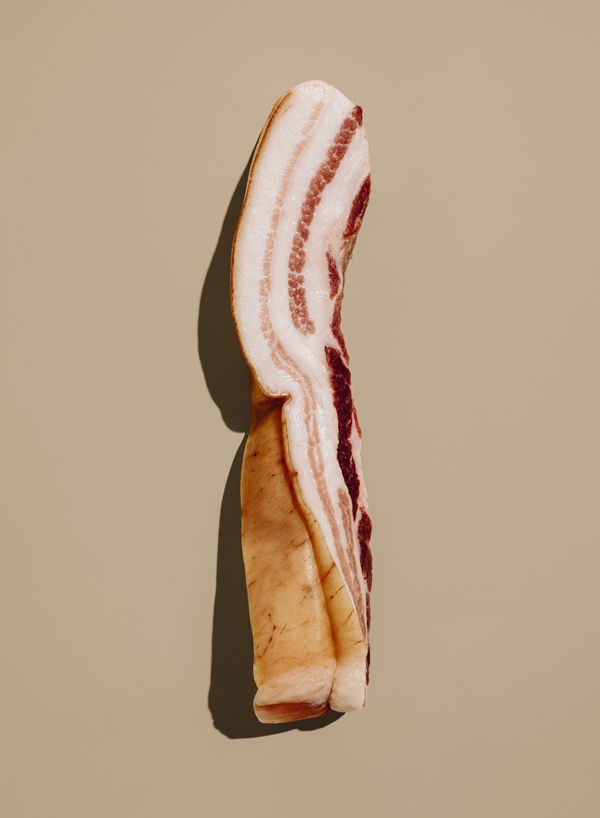Share
Bringing Food to Life With Photographer Jamie Chung
After a short stint as a photo assistant after graduating from Parsons School of Design, Jamie Chung struck out on his own as a still-life photogra...

After a short stint as a photo assistant after graduating from Parsons School of Design, Jamie Chung struck out on his own as a still-life photographer in 2008 working with clients such as New York Magazine, V Magazine, and more. Today, the New York-based photographer shots creative takes on food and drinks for a mix of editorial and commercial clients like TIME, Bon Appetit, GQ, Real Simple, Bacardi, Stella, Dove chocolate and Finlandia.

Photo by Jamie Chung
How do you characterize your place in food photography?
As a studio photographer I try to create something through the setting and lighting that transforms the subject somehow. I’m a big fan of natural light photography for cooked dishes. And natural light hasn’t been my main focus thus far, so I have mostly steered my food work toward drinks and ingredients.
Most of your work seems to be still life, and much of that involves food. What do you like about working with food as your subject?
As a still life photographer I’m often trying to bring life and a mood to manmade objects. With food and drink photography, we begin with organic subjects. I believe natural beauty often surpasses anything manmade.
Do you approach a food shoot differently than your other still life work?
Not so much. I try to approach each subject as unique.

Photo by Jamie Chung
What techniques do you use to light food shots?
I try to take each subject, audience and intent in to account when I’m considering how to photograph. (It’s not like I have one lighting setup that I apply to each project.) If the intent is all about the taste appeal of the food I will approach it much differently than if I’m going for creating something otherworldly. For lighting, I’m always messing around and experimenting with new gear, but the main kit I love is Broncolor.
What kind of creative direction do you receive from clients and art directors, and how does that affect your concepts?
The creative direction from project to project can be vastly different. Sometimes clients need something very specific where my job is to execute and bring the concept to life. Other times I’m sent some copy and have free reign to brainstorm the creative. For a recent food-related shoot I did for GQ Germany, the picture editor gave me a list of ingredients, said they trusted me, and set me loose.
First and foremost, I must be pleased with the work, and it is rewarding having complete control of the creative. On the other hand, some of my favorite photographs have been collaborations, so I’m very open to outside ideas and direction.
How do you develop your ideas and concept for a food shoot?
I do a combination of sketching and experimentation on set.

Photo by Jamie Chung
How do you plan out food shots prior to shoots? How often do you work with food stylists?
Planning usually starts with a back and forth with the art directors and photo editors, sketching, and assembling the team for the project. Almost every time there’s food in the shot, a food stylist will be on the team.
What is the stylist/photographer relationship like on set? What are your tips for a new photographer for working with stylists?
Stylists have a very important role. In a food scenario, I rely on them in many ways. Some examples include finding the out-of-season ingredients, applying the perfect sweat beads on a bottle, having an opinion on what’s going to work in camera, and much more.
For a photographer just starting out I would suggest trying to find and make work with a food stylist who is just starting their career as well.
How has the food photography landscape changed for you with the recent rise of food culture? Do you have more or different opportunities?
With people so interested in and participating in food culture there is always a new trendy dish, cocktail, drink, snack or ingredient that needs to be pictured. This can only be good for a photographer.
What food publications or websites do you like to follow for their food photography? Where do you get your inspiration?
My stack of Irving Penn books is a constant source of inspiration. For something new, I really like magazine The Gourmand.

Photo by Jamie Chung
What do you think sets you apart from other food photographers? What’s your unique take?
I’m very focused on making a powerful picture and creating something I’m pleased with. What’s unique is what’s pleasing and what works for that specific project or shoot. Of course I go in to each shoot with my own mental toolkit, experiences and inspirations, but I try to be open to the unexpected through experimentation on set. Many times food from a still life approach is less about showing off a chef’s skills in cooking and plating and more about transforming, composing, building or abstracting the ingredients with lighting and camera work.
What are some of your favorite food shots? Why?
Recently I was hired to shoot chicken for GQ Germany. The direction I was given was simply “raw chicken.” So after capturing a few grocery store birds the food stylist brought, we decided it would be more intriguing to shoot a full chicken with the head and feet still attached. I sent my assistant to a live poultry shop to procure a whole bird. The process was pretty intense for him. I was happy with the picture. It’s stark but still has an intensity and rawness to it.
Do you have any last tips for budding food photographers trying to break into food photography?
Search for your unique take. Experiment and practice.
For more tips to leverage your food photography skills, check out The Professional’s Guide to Food Photography.



